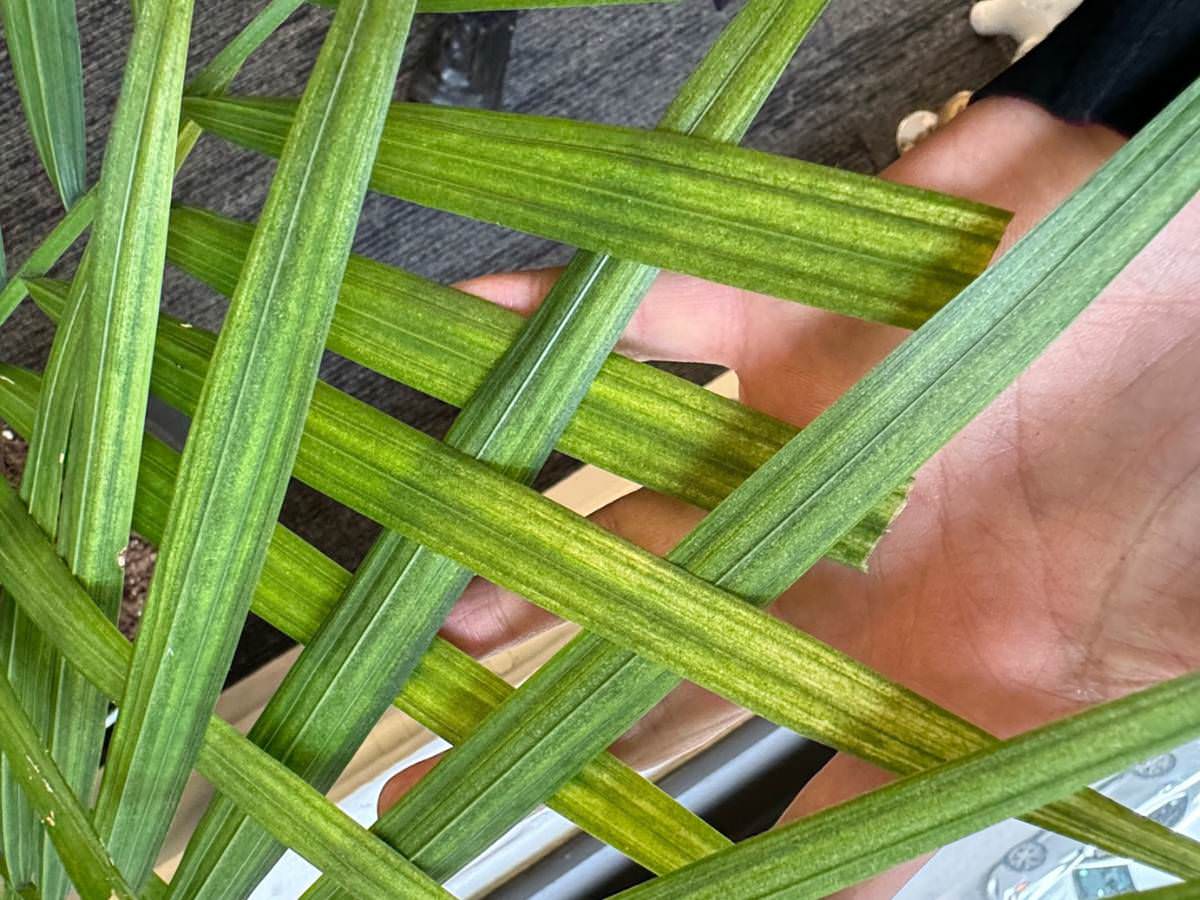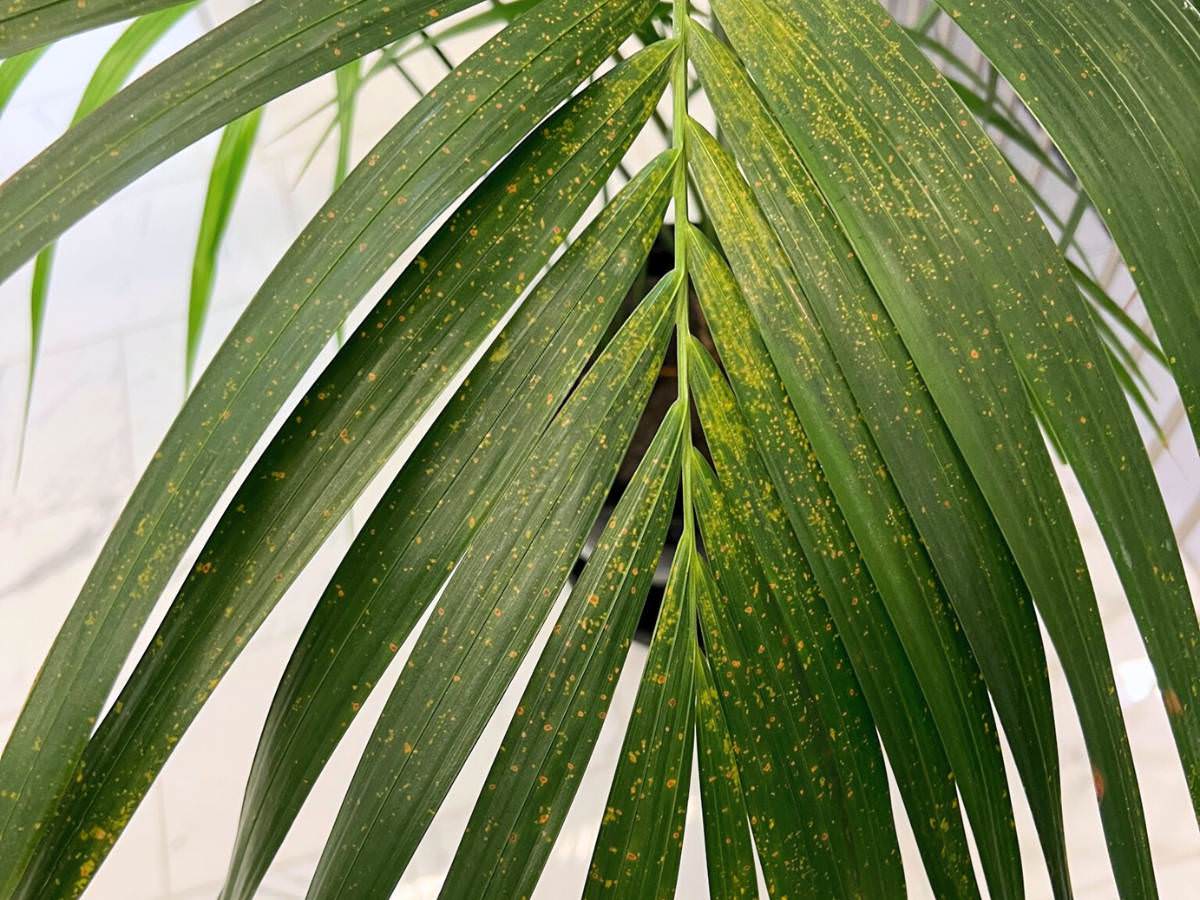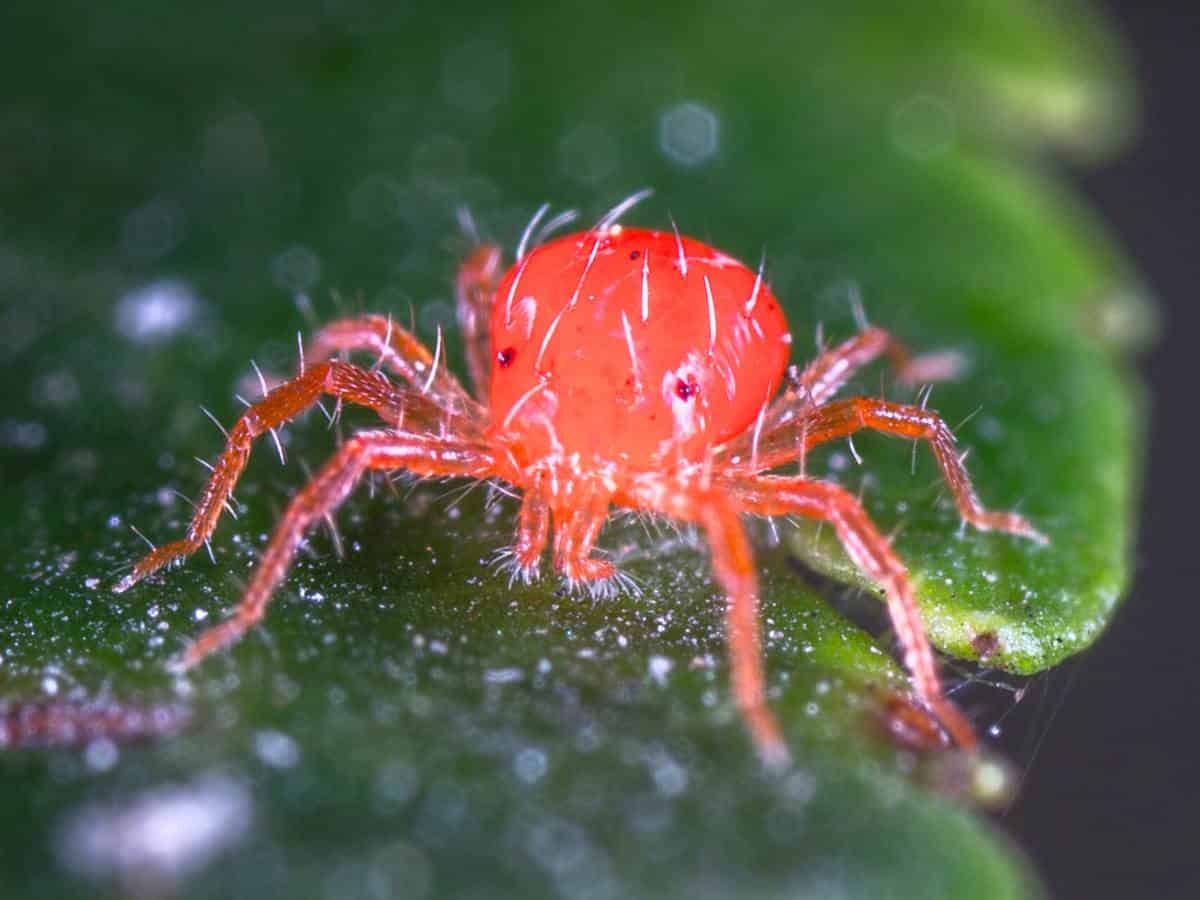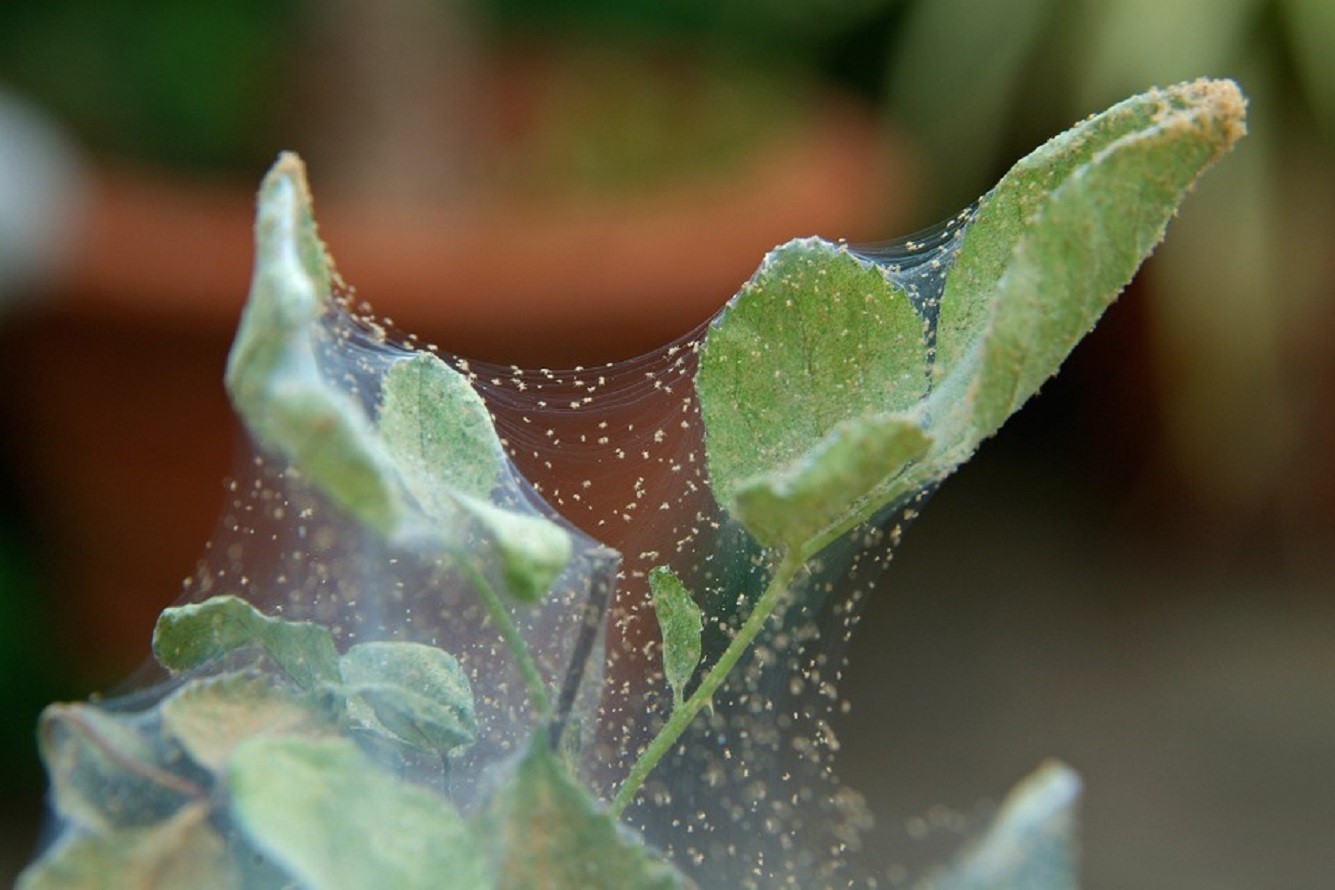Spider mites are tiny bugs that love your indoor plants too much. This post will show you how to find them, get rid of them, and keep your plants healthy and happy.
Spider mites are tiny pests that can cause significant damage to both outdoor and indoor plants. Their small size makes them difficult to spot, so identifying an infestation early and taking prompt action is key to saving affected plants. This comprehensive guide covers effective DIY methods for eliminating spider mites from houseplants, garden plants, and trees.
What are Spider Mites?
Spider mites are members of the Acari family, closely related to spiders and ticks. There are hundreds of species, many of which are important agricultural pests. They use their tiny, piercing mouthparts to feed on the fluids from plant cells, causing stippling, discoloration, and wilting of leaves.
Spider mites thrive in warm dry conditions. Infestations often develop during hot summer weather or inside homes and greenhouses when humidity is low in winter.
These tiny pests are typically less than 1 mm in size. They can be various colors like red, green, yellow, or brown depending on species, life stage, and host plant. The two spots on their backs resemble eyes, giving rise to the name spider mites.
Signs of Spider Mites on Plants
Detecting spider mites early is crucial for effective treatment. Look for these signs:
- Stippling – Tiny yellowish or white dots on leaves from cell damage
- Webbing – Fine silken threads on undersides of leaves or at leaf axils
- Yellowing or bronzing foliage
- Leaf drop
- Close inspection reveals tiny, slow-moving mites
Mites congregate on the undersides of leaves or where leaves join stems. Their feeding causes a loss of chlorophyll, leaving only the leaf veins green. Heavy infestations lead to drying and dropping of leaves.
How to Get Rid of Spider Mites on Plants
If spider mites are present, taking prompt and thorough action helps to eliminate them before extensive damage occurs. Here are effective methods for controlling spider mites:
Remove Infested Areas
Prune off heavily infested leaves, stems, or branches. Bag and dispose of to prevent spread. This eliminates populations and removes eggs.
Wash Plants With Water
Use a strong spray of water to wash away mites and debris Focus on the undersides of leaves and axils. Repeat every few days
Apply Insecticidal Soap
Insecticidal soaps containing potassium salts of fatty acids disrupt mite membranes on contact, causing dehydration and death. Spray all surfaces thoroughly.
Use Neem Oil
As a botanical insecticide neem oil kills mites through suffocation and anti-feeding effects. It also deter mite reproduction. Coat all plant parts for best results.
Apply Horticultural Oil
These highly refined oils smother mites on contact while being safe for plants. Oils also deter feeding and egg-laying in adults while killing eggs and nymphs.
Release Predatory Mites
Beneficial mites like Phytoseiulus persimilis feed on spider mites. They can be purchased and released onto infested plants.
Use Organic Miticides
Naturally derived miticides containing Beauveria bassiana fungus or plant oils kill mites through contact action and residual activity.
Apply Insecticidal Dust
Diatomaceous earth damages the waxy coating on mites causing dehydration. The sharp particles cut into soft-bodied mites.
Use Chemical Miticide Carefully
Synthetic miticides are toxic to bees, beneficial insects, pets, and humans. Only use if absolutely necessary and according to label directions. Rotate chemical classes to prevent resistance.
Best Practices for Spider Mite Control
- Check plants regularly for early signs of infestation
- Isolate and promptly remove heavily infested plants
- Apply a strong spray of water to dislodge mites
- Treat using insecticidal soap, horticultural oils, or other organic sprays
- Cover tops and undersides of leaves thoroughly when treating
- Repeat applications every 5-7 days for 2-3 weeks
- Release predatory mites or attract beneficial insects like lady beetles
- Improve growing conditions and avoid stressing plants
- Remove any weeds that can harbor mites
- Disinfect tools and greenhouse structures between seasons
Combining multiple strategies provides the best chance of getting rid of stubborn spider mite infestations. For severe infestations, contacting a professional may be warranted.
Spider Mite Prevention
Preventing spider mites from ever gaining a foothold is most effective. Here are tips:
- Provide proper air circulation
- Avoid over-fertilization
- Use a humidifier indoors to maintain 50-60% humidity
- Hose plants down with a strong spray every 3-4 days outdoors
- Release predatory mites early in season
- Cover susceptible plants with horticultural oil or kaolin clay barriers
- Inspect new plants closely before bringing home
- Quarantine and monitor new plants separately for a few weeks
- Apply neem oil or insecticidal soap monthly as a preventative
- Clean up fallen leaves, debris, and weeds where mites congregate
Early intervention is vital for controlling spider mites. At the first signs of damage, take prompt action to mitigate damage and save infested plants. Combining prevention strategies with regular monitoring offers the best protection against destructive spider mite pests.
Signs of Spider Mites
Spider mites are very small and can’t always be seen with the naked eye. This makes them hard to find in the early stages of an infestation. However, certain telltale signs can alert you to their presence:
- Leaf Discoloration: Leaves that are infected may lose their color and look dull or gray, with yellow spots.

- Fine, silky webbing on the undersides of leaves or between leaf joints is a clear sign that spider mites are present.

- Changes in texture: If mites and their eggs are on the leaves, they may feel rough or sandy.

To confirm these signs and understand how to get rid of spider mites, use a magnifying glass. This will help you spot the tiny spiders themselves, which may be red, yellow, green, black, tan, or brown, and even see them moving on their webbing. The color of spider mites can change depending on their species, developmental stage, and the host plant they are feeding on. They’re tiny, so careful inspection is necessary.

By checking your plants often, especially the undersides of leaves and the joints between stems, you can catch an infestation early and have a much better chance of getting rid of it.
Light to moderate infestation can be successfully treated.
I would suggest getting rid of a plant that has a lot of bugs and replacing it with a new one to start over.
When I check my plants for spider mites, I start with the leaves and look for the stippling and discoloration I already talked about.
I examine closely, checking both the tops and bottoms of the leaves. The stems may also show signs of distress, like a gritty texture, that can indicate mite activity.

Spider mites can spread quickly, especially in warm, dry places, so it’s important to check for them often and know how to get rid of them. If you see webs or think there are pests on a plant, you should immediately separate it from other indoor plants to stop the pests from spreading.
Before you start looking for ways to get rid of spider mites, you need to know how they live and what makes their environment a good place for them to live.
Remedies to get rid of spider mites
To take care of indoor plants properly, you need to know how to get rid of spider mites. My favorite method has become the standard for taking care of thousands of tropical plants at our commercial clients’ locations. Its best features are that it works well and doesn’t smell too bad, especially when compared to neem oil and other products made from horticultural oils. Even though rubbing alcohol has a short-lived smell when it’s first applied, it quickly goes away, making it a popular way to get rid of spider mite infestations.
- Add 30 ounces of water to 1 cup (8 ounces) of alcohol and a few drops of dish soap.
- Pour the mixture into the spray bottle and shake well.
- Spray the whole plant well.
- Make sure to use the solution on both sides of the plant stems and leaves.
- Treat the problem twice a week until it goes away.
Super Simple Spider Mite Control and Prevention
FAQ
What can I use to kill spider mites on my plants?
Can a plant recover from spider mites?
Does Dawn dish soap kill spider mites on plants?
What is the best homemade spider mite killer?
How do you get rid of mites on plants?
Most species of mites thrive in dry, warm weather, and a very effective control is to regularly spray plants with hard blasts of water, aiming especially at the undersides of leaves or needles. This treatment needs to be repeated regularly to keep the mites and their eggs from regaining a foothold on the plants.
How do spider mites damage plants?
Spider mites damage plants by sucking out the good stuff inside a plant cell. Think back to biology class and remember things like cytoplasm and organelles. The yellowing of the leaf occurs because the mites will eat the chlorophyll as well as the other material in the cell.
How do you get rid of spider mites on houseplants?
Spider mites on houseplants can often be washed way. If your plant is of manageable size, take it to your sink or bathtub and use the sprayer attachment to give the underside of the plant a good washing. Don’t be timid. Spray them right off. You can gently rub the leaves while spraying to help knock them loose.
Can spider mites kill a houseplant?
In the long run, this can cause the death of your houseplant. The University of California reports the different type of damage you can find on different plants due to spider mites: On annual plants, spider mites can also cause sunburn and edge burn, as they reduce the leaf surface the plant has.
- The Ultimate Guide to Growing Strawberries in Raised Beds - August 8, 2025
- No-Dig Garden Beds: The Easiest Way to Grow a Beautiful Garden - August 6, 2025
- How to Protect and Preserve Wood for Raised Garden Beds - August 6, 2025

